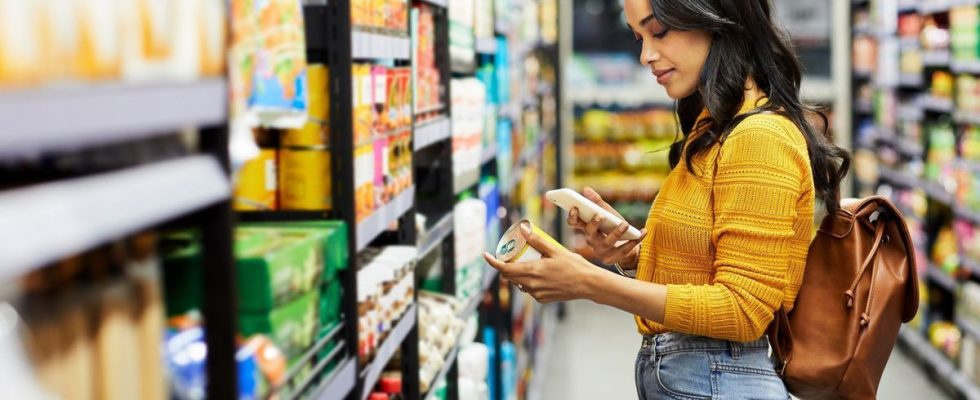Published on
Updated
Reading 2 min.
“New recipe”. Behind this hook hide less new flavors than a dark scam. These tempting mentions, often accompanied by a price increase, in reality conceal an alteration of the product, in certain cases at least. A practice which now has a name: ‘cheapflation’.
We owe this term to Foodwatch, born from the contraction between ‘cheap’ (‘bon Marche’ in French) and ‘inflation’, and which points to a practice consisting of putting more expensive products on sale. , but less good, whether in terms of taste or nutrition. The consumer association carried out an investigation, in collaboration with journalists from the show “France Grand Format” on France 2, which brought this practice to light. In total, six brands were singled out for having resorted to this “subterfuge”, as the association calls it, replacing this or that ingredient with another of lower quality to the disadvantage of consumers.
New recipe: more expensive products that are less healthy?
“Cheapflation describes the degradation of the quality of a product – nutritional, namely the energy value, the lipid, protein, vitamin or organoleptic content linked to the appearance, taste, flavor – and the increase in its price per liter or per kilo“, explains Foodwatch in an article published Tuesday February 6. And to specify: “To put it simply, this practice would consist of reducing, removing or substituting an ingredient with another less expensive and/or lower quality ingredient, often without more information than the almost imperceptible change in the list of ingredients on the back of the product. product“.
Through this survey, the consumer association specifies that it has questioned the brands concerned about their use of this practice. Which most of the time justify these choices by an increase in the prices of raw materials, or even – in certain cases – the avian flu epidemic responsible for “tensions” on the market for certain foods. “This in no way excuses the opacity regarding changes in recipe or format, nor the rise in prices that is correlated with it.“, says Foodwatch.
NO to diets, YES to WW!
Similar to ‘shrinkflation’
‘Cheapflation’ is reminiscent of another practice, ‘shrinkflation’, brought to light during the year 2022. This other portmanteau, from the verb ‘shrink’ (to ‘reduce’) and from the word ‘inflation’, designates a marketing strategy which consists of reducing, not the quality, but the quantity of a product without lowering the price. L
he constant rise in prices observed in recent years has given rise to other phenomena of this type, such as ‘pinkflation’, a kind of inflation specifically applied to fashion items dedicated to women.
